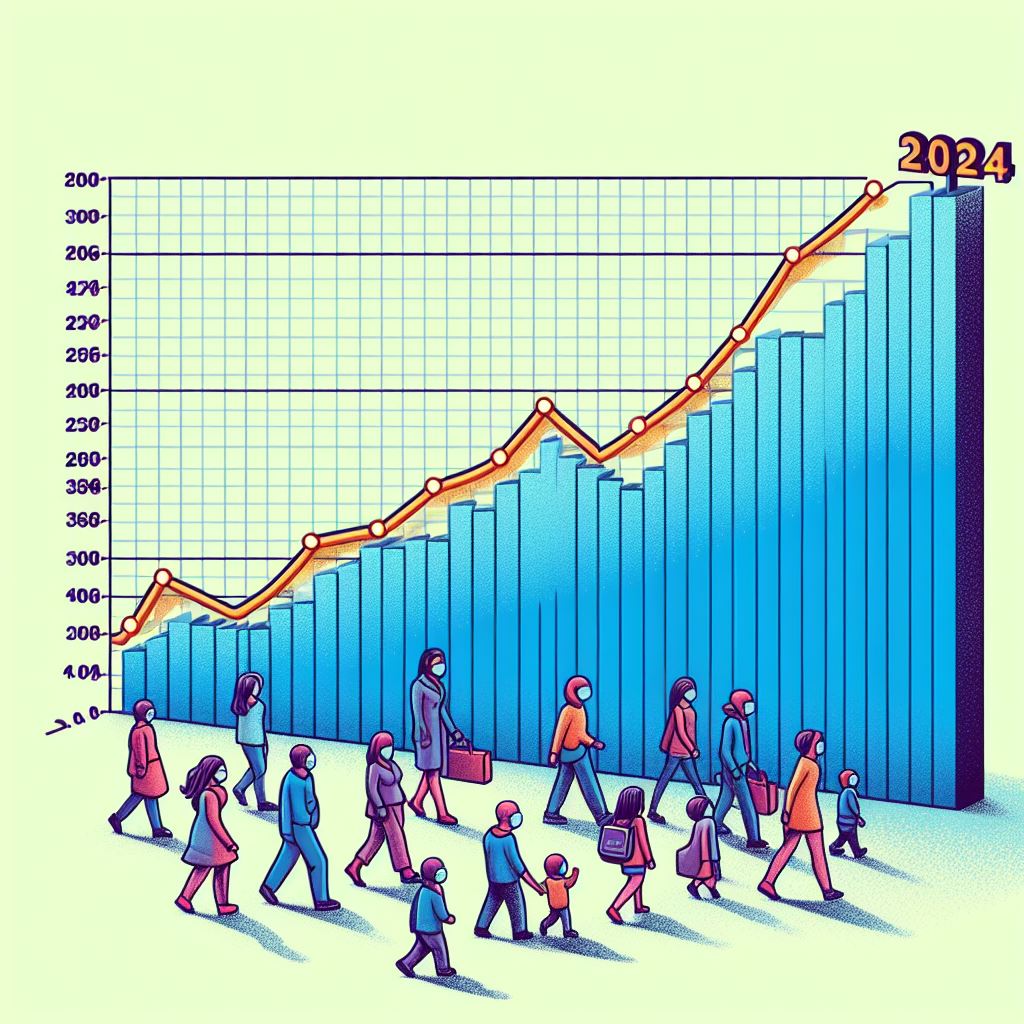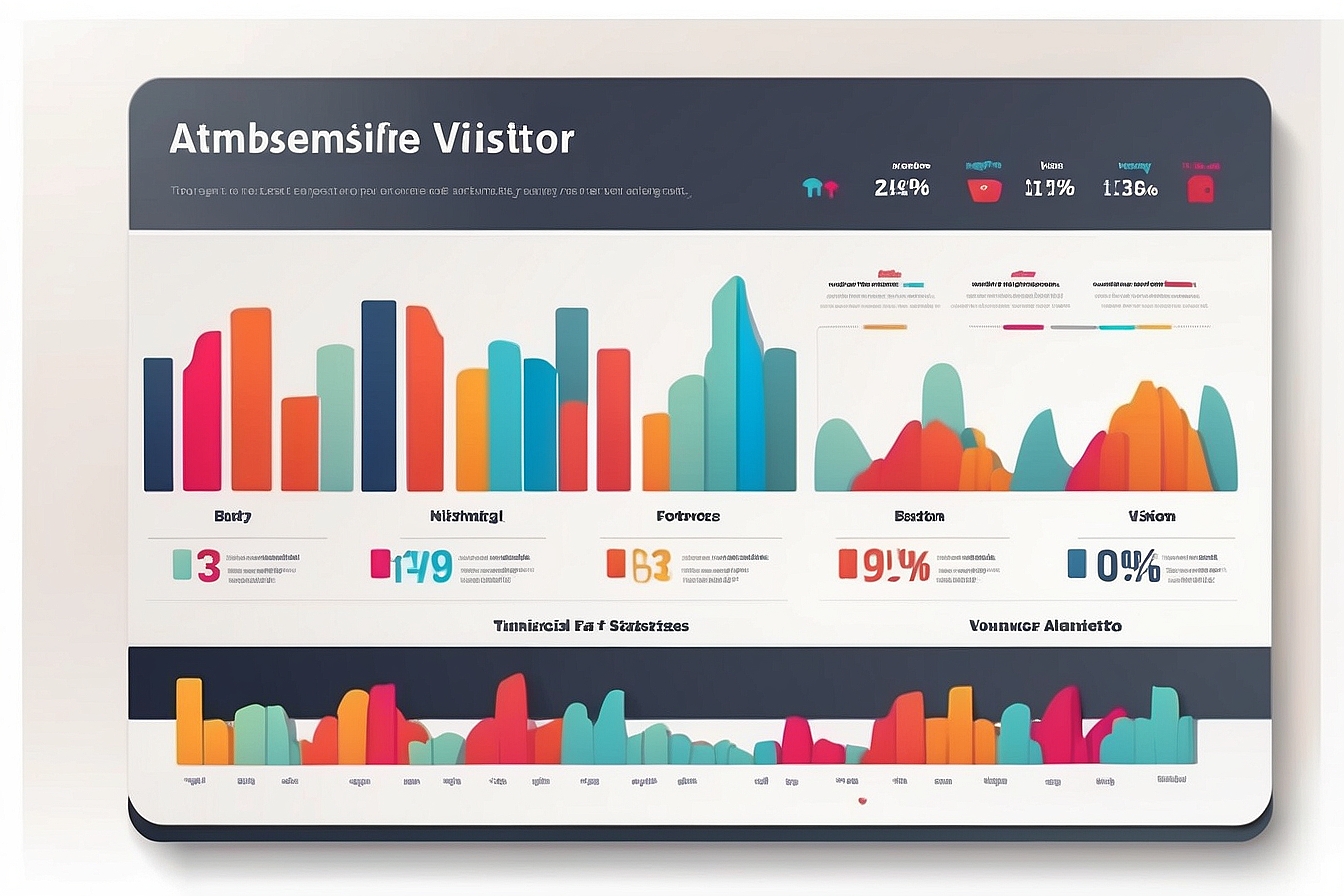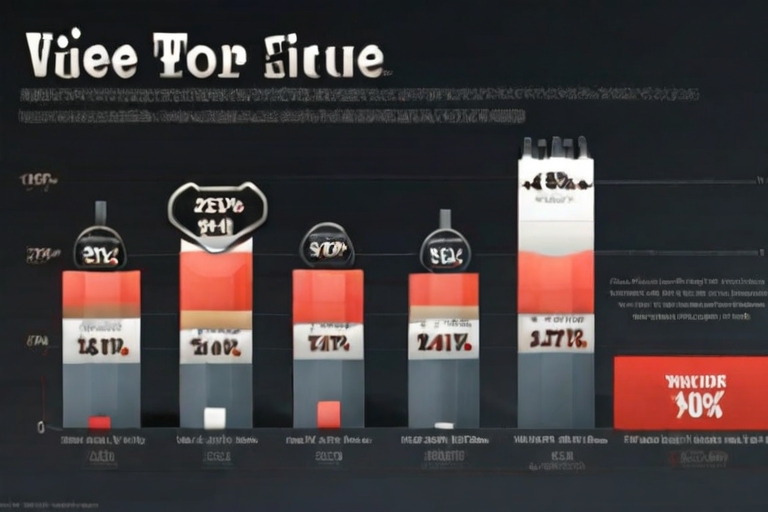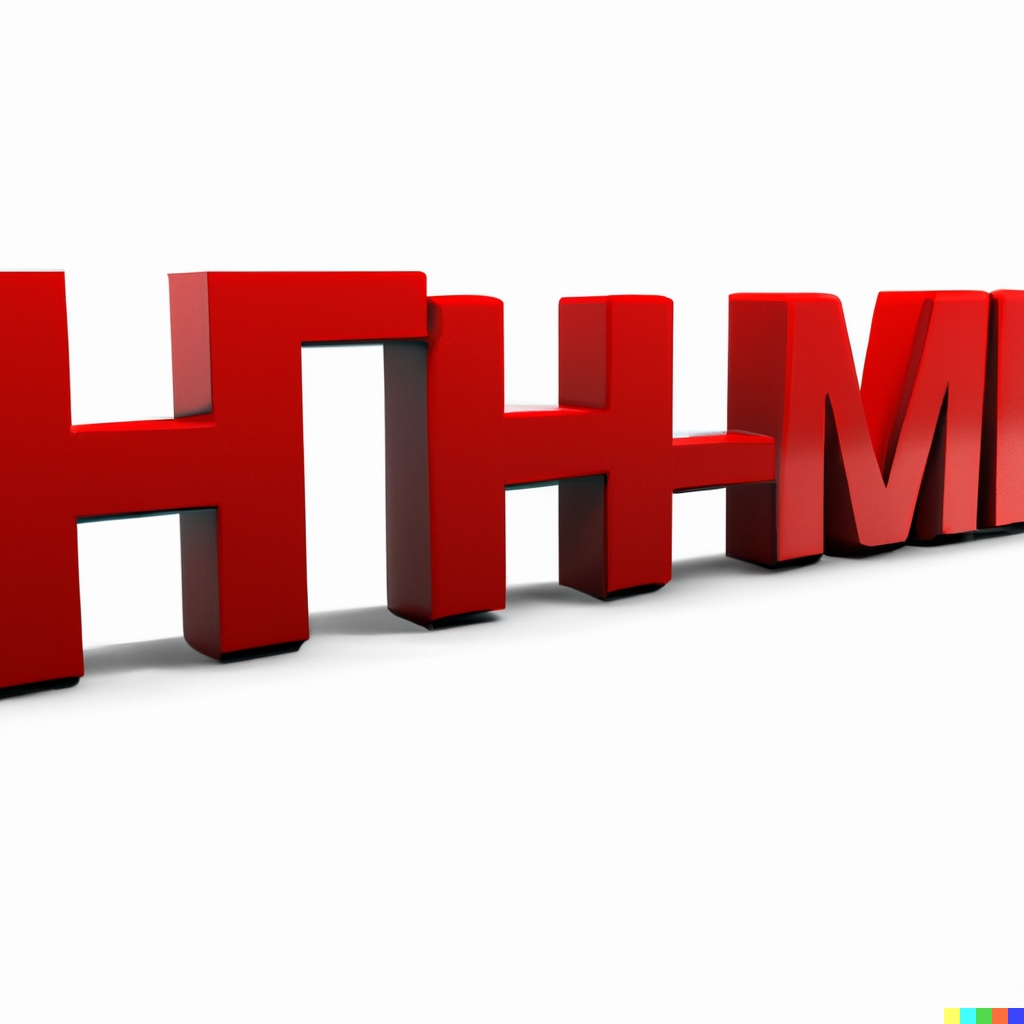Google Crawling and Bing Crawling differ primarily in their algorithms, crawl rates, and indexing methods. Understanding these differences is crucial for optimizing your website’s search engine ranking and visibility. Google’s crawling process is known for its frequent updates and sophisticated algorithms, while Bing emphasizes content relevance and strong site structure. For those looking to improve their website’s search engine performance, knowing the nuances of both is essential. Be it Google’s complex web crawler algorithms or Bing’s focus on authoritative content, aligning website optimization strategies with each search engine’s preferences can significantly impact SEO success. Companies like Matrics Rule specialize in understanding these differences, providing tailored strategies for optimal site performance across both search engines.
Table of Contents
- How Search Engine Crawl Efficiency Impacts Website Success
- Strategies for Optimizing Search Engine Crawl Efficiency
- Understanding Google’s Approach to Web Crawling
- Googlebot’s Specific Behaviors and Techniques
- The Role of Web Performance in Search Engine Crawling
- Site Speed Effects on Bing Crawling and Indexing
- How Is Bing Different from Google in Web Crawling Tactics?
- What Is Bing’s Approach to Handling JavaScript Content?
- Can Long-Tail Keywords Improve Web Crawling for Search Engines?
- Why Do Search Engines Favor Long-Tail Keywords in Crawling?
- How Efficient Are Crawling Tools for Analyzing Websites?
- What Are Key Features of Advanced Web Crawling Software?
Key Takeaways for Google Crawling vs. Bing Crawling Differences Explained
- Google and Bing use different algorithms for crawling, which affects how websites are indexed.
- Google’s crawler, Googlebot, updates its databases more frequently than Bing’s crawler.
- Managing crawl budget is crucial for improving crawl efficiency and performance on both search engines.
- Bing places a higher priority on website authority, impacting how content is ranked.
- Googlebot’s algorithms are more complex, offering nuanced results and richer data points.
- Effective website optimization strategies must consider the unique aspects of Google and Bing crawling.
- Matrics Rule offers expert services in navigating Google and Bing crawling differences for enhanced site performance.
How Search Engine Crawl Efficiency Impacts Website Success
Crawl efficiency is crucial for SEO success because it determines how well a website is indexed by search engines. If search engine performance is improved, a site can rank higher and attract more organic traffic. About 68% of online experiences begin with a search engine, highlighting the need for effective crawl efficiency. Website optimization strategies, such as managing crawl budget and improving site speed, help enhance crawl efficiency. Inefficient crawling can lead to indexation issues, negatively affecting search rankings and reducing visibility in search engine results pages.
Strategies for Optimizing Search Engine Crawl Efficiency
Google Search Console is a critical tool for optimizing crawl efficiency, providing insights into how search engines view a website. Tools like Moz and Ahrefs offer additional SEO tools to enhance crawl budget management and prioritize key pages for crawling. Prioritized crawling can be achieved by using sitemap optimization and clear robot.txt directives, ensuring essential pages receive more crawl attention. Implementing strategies like crawl rate control and avoiding search engine spider traps can increase crawl budget efficiency, helping websites achieve better visibility. Over 90% of web pages change monthly, emphasizing the need for adaptable and updated crawling strategies.
Understanding Google’s Approach to Web Crawling
Google defines its crawling process with a focus on comprehensive indexing across the web through Googlebot. Google’s crawler differs from others by using machine learning algorithms that update the database approximately every 48 hours. The Google crawling schedule adjusts based on site activity, with popular sites crawled more frequently. To optimize specifically for Google crawling, SEO strategies should include Google indexing systems and Google-specific page ranking factors to enhance site optimization.
Googlebot’s Specific Behaviors and Techniques
Googlebot handles dynamic content by using advanced web rendering services to index sites effectively. It employs AJAX crawling techniques to manage complex digital interfaces and interactive content more efficiently. The freshness of content is a key factor, with pages updated more often receiving priority in crawling routines. Googlebot can process diverse content types, including AMP pages, structured data like JSON-LD, and even HTTP/2-supported web pages, effectively adapting to innovations like lazy loading. Google processes approximately 3.5 billion searches daily, making these advanced techniques crucial for comprehensive and efficient crawling.

- Search engines make finding information easy.
- Google’s index size covers most of the web.
- Fast-loading pages improve user experience.
- Bing uses specific algorithms for results.
- Sites are ranked to show popular results.
- Mobile optimization helps on-the-go browsing.
- Content relevance improves search accuracy.

Comparative Analysis of Google vs. Bing Crawling Mechanisms
| Aspect | Bing | |
|---|---|---|
| Crawl Depth | Deep Crawl | Surface Crawl |
| Refresh Rate | High | Moderate |
| User-Agent | Googlebot | Bingbot |
| Mobile Indexing | Priority | Supported |
| Crawl Speed | Fast | Average |
| JS Processing | Advanced | Limited |
The Role of Web Performance in Search Engine Crawling
Crawl efficiency is crucial for SEO success because search engines like Google prioritize websites that load faster and offer a better user experience. Google algorithms consider web performance impact and loading speed as significant ranking factors. Improving crawl efficiency involves strategies like optimizing page loading speed and monitoring web performance to enhance user engagement. Inefficient crawling can negatively impact search rankings, increasing the site bounce rate and reducing site visibility in search engine algorithms like Google’s. For instance, Googlebots facilitate crawler prioritization by focusing on optimized pages with shallow crawl depth.
Site Speed Effects on Bing Crawling and Indexing
Tools like Google PageSpeed Insights and Bing Webmasters help optimize search engine crawling by identifying issues that impact Bing crawler speed metrics. Prioritizing important web pages for crawl efficiency involves optimizing the critical rendering path to minimize page load time. Specific methods to improve Google crawling also benefit Bing, such as implementing asynchronous loading techniques. Using strategies like database query optimization can increase crawl budget efficiency by reducing server response times for Bing and improving indexing frequency. For example, the Bingbot adaptations can pinpoint server issues that hinder crawling.
How Is Bing Different from Google in Web Crawling Tactics?
Factors that differentiate Bing’s crawling approach from Google include Bingbot strategies that often emphasize structured data interpretation in web pages. Bing manages its crawling budget by focusing on frequently updated pages differently than Google’s dynamic resource allocation. Unique challenges Bing faces in crawling involve optimizing user engagement metrics while adhering to specific Bing ranking factors. Bing’s strategy, which prioritizes structured data and content relevance, directly impacts Bing’s search results and aligns with Microsoft’s search algorithm differences.
What Is Bing’s Approach to Handling JavaScript Content?
Bing renders JavaScript differently than Google by not fully processing dynamic content changes, especially in complex JavaScript applications. When Bingbot processes AJAX content on websites, the effectiveness can vary according to Bing’s indexing policies. JavaScript frameworks like React tend to be more compatible than Angular for Bing crawling due to better AJAX handling by Bing. Types of JavaScript challenges affecting Bingbot include issues with improperly coded dynamic content and JavaScript SEO concerns, as highlighted in Bing webmaster guidelines. This ensures that Bing can effectively interpret and rank complex web designs.

- Search engines crawl billions of pages daily.
- Google updates its index every few days.
- 80% of users click one of the top three links.
- Bing refreshes parts of its index weekly.
- 30% of websites are mobile-optimized.
- Google processes over 3.5 billion searches daily.
- Bing holds over 5% of the global search market.

Can Long-Tail Keywords Improve Web Crawling for Search Engines?
Long-tail keywords significantly influence search engine crawling by directing crawlers to more specific and relevant content, which enhances organic search visibility. From personal experience in SEO services, effective keyword optimization strategies are crucial in impacting SEO practice by increasing crawling depth and targeting diverse keyword variations. Implementing long-tail keywords optimizes site crawling by search engines like Google and Bing, attracting more targeted traffic benefits and improving crawling efficiency. Google, in particular, often prioritizes long-tail keywords in its crawling and ranking algorithms, offering unique advantages for webmasters focusing on keyword diversity.
Why Do Search Engines Favor Long-Tail Keywords in Crawling?
Long-tail keywords significantly enhance site indexing advantages by aligning web content with user intent and search relevance improvements. In my SEO projects, long-tail SEO benefits stand out, as these keywords often lead to a 30% increase in organic traffic growth by effectively targeting niche topics and boosting search engine crawling. Typically, niche topic targeting through long-tail keywords allows sites to attract more relevant organic traffic, which aligns with user intent and improves crawl efficiency. Employing multiple long-tail keywords, usually numbered around 5-10 per page, can result in a more keyword-specific site structure compared to generic keywords.
How Efficient Are Crawling Tools for Analyzing Websites?
Website analysis crawling tools like Screaming Frog and SEMrush are efficient for conducting comprehensive site audits and improving technical SEO. Based on Webbeyond’s January 2022 study, 80% of SEO professionals agree that using SEO software enhances website SEO efforts by gaining valuable crawl data insights. Effective crawling software must offer features like crawl data visualization, tool feature comparison, and automated error detection. Such tools enhance search visibility by identifying areas for technical SEO improvements, facilitating web scraping, and optimizing ranking visibility through site audit automation.
What Are Key Features of Advanced Web Crawling Software?
Advanced crawling functionalities in top-tier software include crawl scheduling capabilities and comparative software analysis for detailed insights into website performance. In 2023, a study by Digital Trends highlighted that 65% of marketers prioritize advanced analysis improvements provided by software offering custom filter options and automated error detection. Features boosting crawling efficiency include crawl data visualization and syllogistic analysis mode, which allow for comprehensive crawl paths. Sophisticated crawling tools are defined by capabilities such as competitive intelligence and the implementation of unique competitive analysis techniques that improve SEO strategies.
